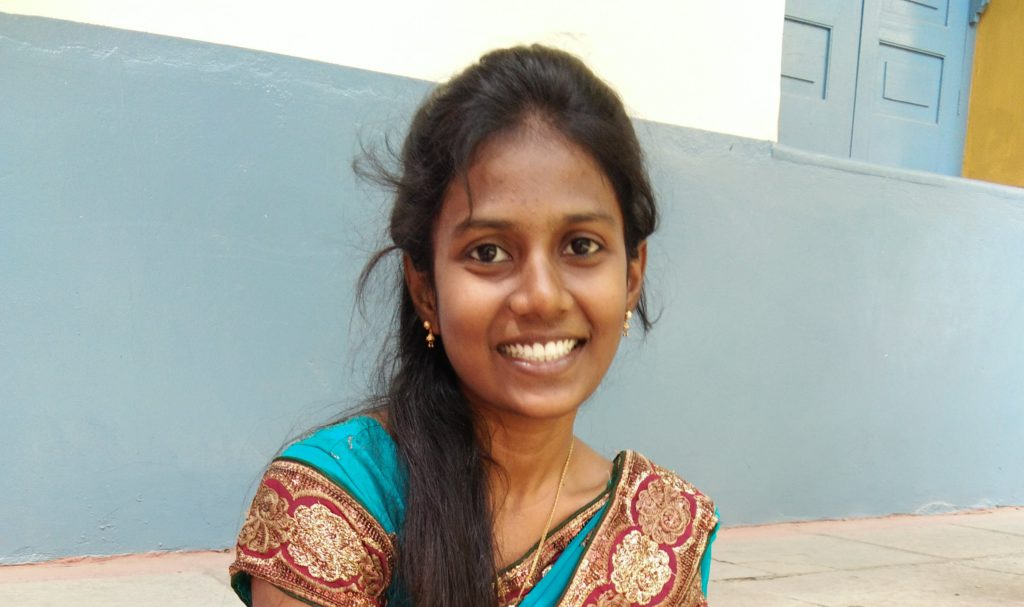COURSE NAME: FORENSIC CHEMISTRY AND FORENSIC PHYSICS
Still no participant
Still no reviews
Learning objectives:
After studying this paper, the students will know,
a. About the basics of inorganic chemistry
b. About the basics of analytical chemistry
c. About the basics of organic chemistry
d. About the basics of physical chemistry
e. About the different laws governing the fluid motion
f. About the basics of optics and the role of lenses
g. About the basic components of AC circuit
Introduction to Inorganic Chemistry, Meaning of Chemistry, some chapters come under Inorganic Chemistry- Organometallic Chemistry, Transition Elements, Coordination Number, P-Block Elements, s- Block Elements, Acid, Bases and Salts, Crystal Field Theory (CFT), Valence Bond Theory, Chemical Bonding, Classification of Inorganic Compounds- acid, bases, salts and oxides, Types of Reactions and Examples of Inorganic compounds, Applications of Inorganic Chemistry.
Introduction to Analytical Chemistry, Methods Used in Analytical Chemistry- Classical methods and Instrumental methods, Branches of Analytical Chemistry- Quantitative Analysis and Qualitative Analysis, Importance of Analytical Chemistry, Applications of Analytical Chemistry.
Organic Chemistry – Some basic principles and Techniques, General Introduction to Organic Chemistry, Tetravalency of Carbon (Shapes of Organic Compounds), Structural representations of Organic Compounds, Classification of Organic Compounds, Nomenclature of Organic Compounds, Isomerism, Fundamental Concepts in organic Reaction Mechanism, Methods of Purification of Organic Compounds, Quantitative Analysis.
States of Matter, Liquid state: free volume of liquid and density measurement, physical properties of liquid, Vapour pressure, surface tension, viscosity, Introduction to Chemical kinetics, Rate of reaction, first order reaction, half-life period of first order reaction, Introduction to Chemical thermodynamics and Zeroth law of Thermodynamics.
Introduction to fluids, Pressure in a fluid, Pascal’s law, Atmospheric Pressure and Barometer, Archimedes’ Principle, Pressure difference and Buoyant Force in accelerating fluids, Steady and Turbulent Flow, Equation of continuity, Bernoulli’s Principle, Application of Bernoulli’s equation, Applications of fluid mechanics in Forensic Science.
Introduction to development of optics, Types of Lens, Lens maker’s formula, Cardinal points of an optical system, Aberration, Types of Aberration: Monochromatic, chromatic, Interference in thin film- Thin films, Interference due to transmitted light, Newton’s rings. Total internal reflection. Resolving power of optical instruments, Birefringence, Huygens’s & Ramsdens’s Eye-pieces & their comparison.
Basics of LR, CR, LCR Circuits, Bridge Rectifier with ð filter, Difference between regulated and unregulated power supply, Definition of Line and Load regulation, series and Shunt regulators. Basic logic gates: OR, AND, NOT, Derived gates: NOR, NAND, XOR, with symbols and truth tables, De Morgan’s theorems and its verification.
References:
1. Puri, Sharma and Pathania, Principle of Physical Chemistry.
2. Morrison and Boyd, Organic Chemistry.
3. Arun Bahl and B.S. Bahl; Sultan Chand & Sons, New Delhi, A Text Book of Organic
Chemistry.
4. B. K. Sharma, Analytical Chemistry.
5. Malvino, Electronics Principles, (7 th Edition TaTa Mc-GrawHills) 120-150.
6. V. K. Mehta, Principles of Electronics, S. Chand Publication New Delhi. 80-100.
7. Ramakant Gaikwad, Op Amp and Linear integrated circuits, Prentice Hall of India Pub. 210-
214.
8. Botkar, Integrated Circuits, Khanna Publications, New Delhi 16-20.
9. Malvino and Leech, Digital Principles and Applications, (Tata Mc-Graw Hills Pub.) 110-113.
10. Viscosity of liquids and gases (http://hyperphysics.phy- astr.gsu.edu/Hbase/tables/
viscosity.html).
11. Sears and Zeemansky, University Physics, XI th edition, Pearson education. 312-320.
12. H.C. Verma, Concepts of Physics, (Bharati Bhavan Publishers 2017) 255-280.
Practical -1. Estimation of HCL by using standard solution of NaOH.
Practical -2. Estimation of NaOH by using standard solution of H2SO4.
Practical -3. Estimation of K2Cr2O7 by using standard solution of Mohr’s salt.
Practical -4. Estimation of KMnO₄ by using standard solution of Mohr’s salt.
Practical -5. Estimation of H2C2O₄ by using standard solution of KMnO₄.
Practical -6. To determine caffeine and benzoic acid in a soft drink by using spectrophotometer.
Practical -7. To determine the colorant (dye) of blue ballpoint pen inks using spectrophotometer.
Practical -8. To determine Young’s modulus (Y) of the wooden bar.
Practical -9. To Calibrate a Spectrometer using a mercury source.
Practical -10. To determine the Poisson’s Ratio of a hollow rubber tube.
Practical -11. To determine the wavelength of a given (He-Ne LASER) LASER source by using plane diffraction grating.
Practical -12. To study De Morgan’s theorems.
Practical -13. To Study Basic Logic Gates.
Introduction to S block elements and chemical properties of Alkali metals:
P-Block Elements : https://youtu.be/kNFXJxX72uY
D-Block Elements: https://youtu.be/LzZWHSdYaxw
Introduction to Analytical chemistry: https://youtu.be/MPqCzsntjAE
Introduction to Spectroscopy Techniques: https://youtu.be/7jOSbtR8mTs
Chromatography Techniques: https://youtu.be/vum3y2_5XaE
Introduction of Chromatography Techniques: https://youtu.be/VdKuBTBu6oo
Thin Layer Chromatography: https://youtu.be/CmHFVxTxkGs
Ion Exchange Chromatography: https://youtu.be/VOSkyj1dtbc
High Pressure Liquid Chromatography: https://youtu.be/ZN7euA1fS4Y
Physical Properties of Liquids and Surface tension of Liquids: https://youtu.be/tqc1vcjOnjs
Chemical Kinetics: https://youtu.be/aTCwlHjvRDY
Nomenclature - https://www.youtube.com/watch?v=PYZJXWBMqBE
Isomerism - https://www.youtube.com/watch?v=k81pmfpKwIE
Tetrahedral Nature - https://www.youtube.com/watch?v=z9CmSAV1wcY
Organic Reactions -
Introduction to fluids, types & properties, Pressure in fluids & Pascal’s law.
https://www.youtube.com/watch?v=Cvp6mLWbgaM
Atmospheric pressure & Barometer, Pressure difference, Archimedes’ principle & Buoyancy forces
https://www.youtube.com/watch?v=05WkCPORlj4&t=79s
Study & Turbulent flow, Equation of continuity
Bernoulli’s principle & it’s applications. Fluid mechanics based Forensic Applications
Reflection, Refraction, Total internal reflection, Mirrors & Lenses
https://www.youtube.com/watch?v=sMDUOkCqCmA
Interference: Thin-film interference and Netwon’s rings
Diffraction: Resolving power of optical instruments
Polarization: Birefringence (Double refraction)
De-Morgan’s theorem & it’s verification

Assistant Professor, Department of Forensic Science, School of Paramedical and Allied Health Sciences, Centurion University of Technology and Management, Vizianagaram